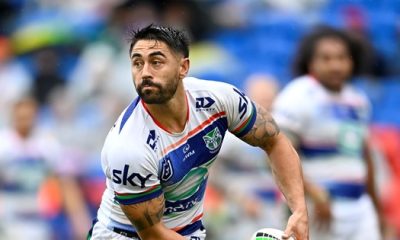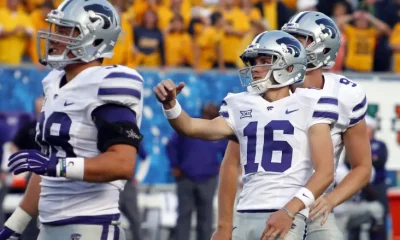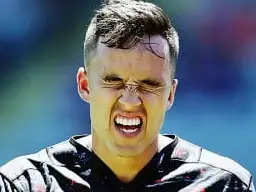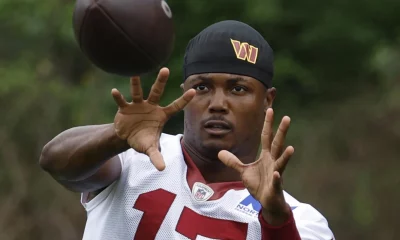New Zealand warriors
New Zealand rugby has an excess of talent with nowhere to go

Rugby league and the NRL’s talent raid on rugby union schools has garnered much press as the popularity of the Warriors has boomed in recent years.
With reports of U15 national rugby tournaments being attended in mass by NRL club scouts on the recruitment warpath, the reality is that New Zealand rugby has an excess of playing talent and a short supply of investment available.
Should some of those players secure development deals and head down the rugby league pathway, this is a positive for both codes.
Consider that Roosters star Joseph Manu is now headed to Japanese rugby, on a longer-term journey towards the All Blacks, and not one dollar has been invested by union into his development as a professional athlete.
Much like Sonny Bill Williams who headed to France for his first stint, rugby in New Zealand could be set to benefit from Manu’s switch in the long run. While Manu was playing rugby league, another talented player was given one of the few spots in a union academy.
Williams was one of many young Kiwis who moved to Australia at a young age to pursue league. He turned out to be a great All Black, a game-changer who helped deliver two Rugby World Cups. His offload in the 2015 final to Ma’a Nonu was one of the biggest plays in the final.
Often forgotten is only a certain type of player will fit the criteria for NRL clubs, namely athletes who can become second rowers, centres and wingers. Safe to say that all tight five players will be off the radar. The number of halfbacks and first fives who transition into a league standoff or dummy half is rare.
They are looking for the explosive athletes with power and speed, of which New Zealand rugby has an incredible oversupply of at schoolboy level. Yet at that age picking who will be NRL-capable is a crapshoot. The same goes for projecting early ability in professional rugby union.
It’s a massive risk which New Zealand professional rugby teams know all too well. They’ve seen it play out time and time again, which is why they aren’t going to sign 14-year-olds. From the few that do get a shot in the pathway, there are still the many that don’t pan out for whatever reason.
On the rare occasion they will go after a special talent, as was the case with Etene Nanai-Seturo, it was at an older age and he was able to turn back on his Warriors deal to pursue union.
If you are a prospect looking to head to league, consider that union on both sides of the ditch actually has the better offering for top-tier talent between ages 18 and 20.
The NRL scrapped their national U20 competition years ago due to the cost. Top rugby league talent at that age is playing park footy for a local feeder club.
Union talent in New Zealand will play in the Super Rugby U20 tournament annually with the carrot of making the New Zealand U20s. The recently launched Rugby Championship U20 is a new international age-grade competition, a warm-up to the World Rugby U20 Championship.
As the old saying goes, would you like to play in Campbelltown or Cape Town? This year’s crop of U20 players will have the latter and enjoy a formative life experience.
Despite the NRL securing more broadcast money, if you are an elite prospect, the opportunities for U20 players in union far outweigh those in league. And that’s why for the most part, top union players will stay in union pathways.
Academies within the New Zealand provincial unions are quite targeted. At most, the intake is around eight players a year. That leaves a ton of potential talent outside the system. And that is why there is an excess of talent available for NRL clubs to give an opportunity.
To highlight just how much excess talent is available in New Zealand, consider the story of All Black wing Mark Tele’a.
His story to the top is a remarkable tale of persistence and grit, a player who went from being invisible to one of the world’s best. No national age-grade teams were picking Tele’a.
Consider that in 2019 at the previous Rugby World Cup, Tele’a wasn’t even playing Super Rugby. He had four seasons of NPC under his belt with North Harbour, plenty of time for Super teams to come knocking.
For a then 23-year-old winger with a short career lifespan, that is usually a death knell. He trialled for the Hurricanes that year and was surplus to requirements for them.
Getting a chance with the Blues in 2020, in two short years Tele’a cracked the All Blacks and was one of the best performers at the 2023 Rugby World Cup. His double against France on opening night must’ve been a surreal experience for him.
Defenders simply can’t bring him down. He consistently tops the charts in Super Rugby and that translates to the international game. His breakout season for the All Blacks in 2023 came at age 27, the historical expiry date for All Black wingers. At a time when most are given the shoulder tap, Tele’a was getting the call-up.
The bottom line is no one saw Tele’a coming, or he would’ve been doted on at Massey High School and NRL teams would have been falling over each other for his signature.
And that is why NRL clubs can chase all the kids they like, they’ll miss more than they strike, and some of the ones that go are likely to come back.
Schoolboy union stars Ngani Laumape and Roger Tuivasa-Sheck, who were once selected for the New Zealand schoolboys union side, ultimately left rugby league for a crack.
The valid worry New Zealand rugby has is the commercial state of the game and it’s governance model, with provincial rugby losing nearly all relevance. There’s no denying it has spiralled into an unsustainable cash drain and public interest in the competition is at a rock bottom.
If the professional game in New Zealand reversed its current trajectory, more players in New Zealand would have the chance to be given investment at the development level.
Right now that’s simply not the case, but having the NRL pick up the pieces and invest in a few more players is a not necessarily a bad thing for union, and the young prospects.
If NRL clubs were able to sign over half of the New Zealand schoolboys union side each year for the next five years, perhaps there’d be more concerns.
They were able to recruit two starters last year, second five-eighth Caelys-Paul Putoko who has joined the Gold Coast Titans, and winger Tevita Naufahu who is at Redcliffe. It’s a great opportunity for the two players.
New Zealand’s issues are not with the pipeline, the talent is overflowing. It’s well publicised the issue is with a broken operating model from a commercial perspective that isn’t expanding the pie to accomodate them all.
READ NEXT;
For More Stories Like This, Check Our Sport Page.
-
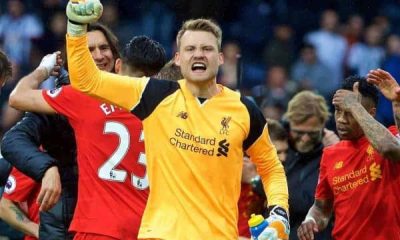
 Club Brugge1 month ago
Club Brugge1 month agoEx-Liverpool goalkeeper just won 4th title in 5 years since £8.3m exit
-
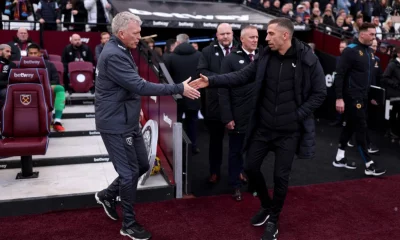
 Wolverhampton wanders6 months ago
Wolverhampton wanders6 months agoWolves agree transfer deal and it’s great news for West Ham over striker hopes
-

 Wolverhampton wanders7 months ago
Wolverhampton wanders7 months agoMassive clubs now want Wolves outcast who’s barely featured under O’Neil
-

 Celtic6 months ago
Celtic6 months agoCeltic now make approach to sign Scott McKenna
-
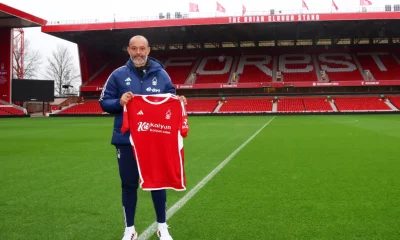
 Nottingham forest7 months ago
Nottingham forest7 months agoNuno did something at Wolves which Nottingham Forest fans really won’t like if it continues
-

 New Zealand warriors3 months ago
New Zealand warriors3 months agoEx-Warriors and Storm prop released by overseas club
-
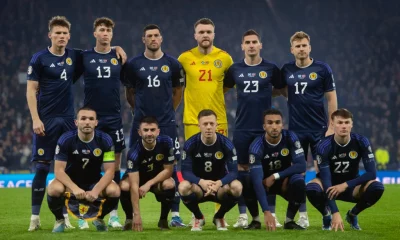
 Celtic6 months ago
Celtic6 months agoCeltic and Rangers both want to sign £3m Scotland international
-
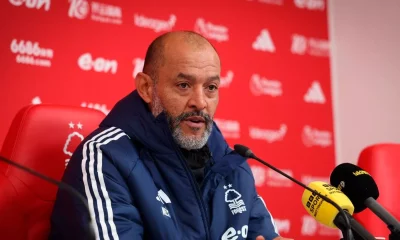
 Nottingham forest7 months ago
Nottingham forest7 months agoNew boss Nuno sends pointed Nottingham Forest transfer message as he eyes Wolves repeat

